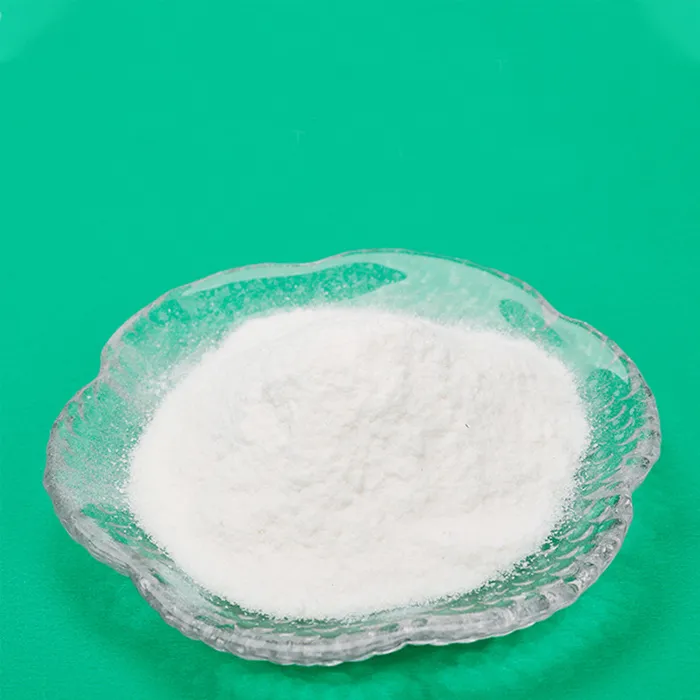Polyacrylamide Production An Overview
Polyacrylamide (PAM) is a versatile polymer widely used in various industries, including water treatment, papermaking, mining, and agriculture. Its unique properties, such as high molecular weight and excellent water solubility, make it an essential material for numerous applications. This article provides an overview of the production process of polyacrylamide and its significance in various fields.
Polyacrylamide Production An Overview
In a typical solution polymerization process, acrylamide is dissolved in water along with a suitable initiator, such as potassium persulfate. The reaction is usually carried out at elevated temperatures to accelerate the polymerization process. Under these conditions, the initiator generates free radicals, which facilitate the reaction between acrylamide monomers, resulting in the formation of long chains of polyacrylamide. To control the molecular weight and properties of the final product, various factors, including temperature, concentration of monomers, and initiator type, are carefully monitored.
polyacrylamide production

Once the polymerization is complete, the resulting polyacrylamide solution is then cooled and can be further processed. Depending on the intended application, PAM can be used in its liquid form or spray-dried into a solid powder. The final product's properties can be tailored by adding functional groups to the polymer backbone, such as cationic, anionic, or nonionic groups, to enhance its performance in specific applications.
Polyacrylamide is primarily used in water treatment processes, where it acts as a flocculant to help remove impurities and suspended particles from water. This application is crucial in municipal wastewater treatment, industrial effluent treatment, and even drinking water purification. In the paper industry, PAM is employed as a retention aid, enhancing the efficiency of the papermaking process. Additionally, its use in the mining industry helps in separating minerals from ores, while in agriculture, it is utilized for soil conditioning and moisture retention, promoting better crop yields.
In recent years, environmental concerns have prompted research into more sustainable methods of producing polyacrylamide, focusing on reducing the use of harmful solvents and developing biodegradable alternatives. Innovations in green chemistry aim to minimize the environmental impact of PAM production while maintaining its effectiveness in various applications.
In conclusion, polyacrylamide is a crucial industrial polymer with a wide range of applications. Understanding its production process is essential for optimizing its use and exploring new, sustainable approaches to meet the growing demand in various sectors.

